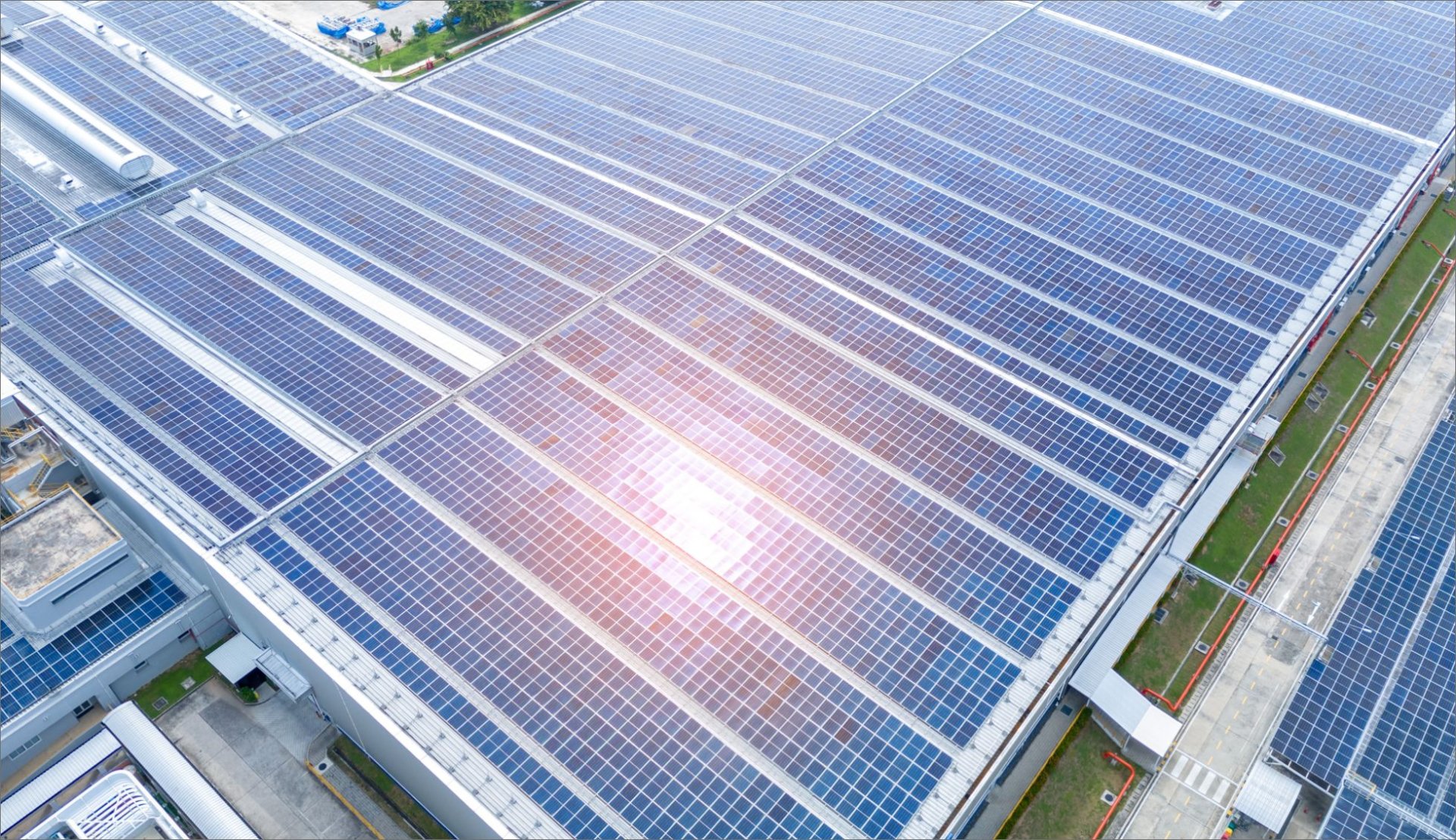| Description of policy content | Description of the scope of the policy or its exclusions |
|---|---|
| The policy sets out the Group’s approach to minimising the environmental impact of its activities.
Addressed IRO:
|
Group |
Policies related to climate change mitigation and adaptation (E1‑2)
- ESRS:
-
Policies related to climate change mitigation and adaptationE1-2Policies related to climate change mitigation and adaptation
Significant impacts, risks and opportunities related to climate change mitigation and adaptation
As the Group, we are aware that we have a significant impact on the environment and the climate through the greenhouse gas emissions resulting from our loan portfolio, in particular from the financing of high-emission entities or those struggling to transition to low-carbon ways of doing business. We recognise and manage significant climate change risks on an ongoing basis,, in particular those related to the aforementioned financing of activities generating significant volumes of greenhouse gas emissions, which may translate negatively into the credit quality of such exposures, as well as our reputational risk. At the same time, we identify a number of significant business opportunities related to climate change, including in the context of financing activities that contribute to climate change mitigation. We see the opportunities as increasing the volumes of environmentally sustainable financing, as well as differentiating ourselves from the competition by funding and advising early-stage companies focused on solutions to enable energy transformation. Our approach to identifying and managing significant climate-related risks and opportunities is described in more detail later in this chapter in section E1.IRO-1.
- ESRS:
-
Policies on management of impacts, risks and opportunities related to climate change mitigation and adaptationMDR-PPolicies on management of impacts, risks and opportunities related to climate change mitigation and adaptation
Policies on management of impacts, risks and opportunities related to climate change mitigation and adaptation
In matters relating to environmental impact, we operate according to the precautionary principle. This approach is described in the ”Responsible Banking and Sustainability Policy”, in which we include our actions and commitments in this regard.
In line with the policy, recognising society’s right to live in a healthy and clean environment, we aim at minimising the environmental impact of our activities by:
- analysis and identifying negative environmental impacts as part of the risk assessment process for financial and investment activities in a manner
consistent with international standards, - gradual development of transactional portfolios in line with the idea of promoting and financing a low-carbon and climate-resilient economy (in particular renewable energy sources or energy-efficient construction or infrastructure), which is essential for climate change mitigation,
- managing the environmental impact generated by the Bank’s infrastructure by applying management systems based on international regulatory standards, taking into account continuous improvement, and by controlling the most important aspects of the energy efficiency of own operations (including the use of renewable energy sources), consumption, waste and emissions.
The Bank’s Management Board is responsible for the implementation of the policy. It is applied accordingly in all Group Companies (excluding Stellantis – due to the size and nature of the company’s operations) and is publicly available on the Bank’s website. There were no significant changes to the content of the Policy in 2024.
We analyse environmental and social risks to clients operating in the oil and gas, energy, mining and metals and soft commodities sectors. These issues are governed by the ”Social, Environmental and Climate Change Risk Management Policy”, which sets out the criteria for identifying, assessing, monitoring and managing socio-environmental risks. In addition, it defines our standards for investing and cooperating with clients operating in industries with the greatest impact on the climate. The Bank’s Management Board is responsible for the implementation of the policy and the policy is adapted and applied in all Group Companies (excluding Santander Consumer Bank entities due to the specific nature of their business) and it is publicly available on the Bank’s website. The Policy has been revised and updated, but there were no significant changes to its content in 2024.

These criteria apply to clients in all segments (CIB, BCB and SME), as well as to the Group as a whole in relation to financing, advisory services, capital management services, asset management and insurance. ”Social, Environmental and Climate Change Risk Management Policy” identifies the types of activities subject to prohibitions or restrictions. These include:
- Oil and gas: exploration, production, production and processing, including refining, transportation, storage and wholesale distribution.
- Power generation and transmission: All power plants regardless of energy source, and construction and maintenance of transmission lines.
- Mining: prospecting and mining exploration, mine construction and operation, restoration and reclamation of natural areas.
- Metals: processing of ores to extract the metal they contain, production of alloys from ingots, processing of by-products: scree, waste rock, slag and sand.
- Soft commodities: manufacture and wholesale distribution of wood products processed into lumber, wood-based cellulose, paper and textiles; soya; palm oil; rubber; cocoa; coffee; cotton; sugar cane; biomass or biofuel; beef production in high-risk geographical areas. This includes customers who purchase these commodities directly from plantations or farms, accounting for more than 10% of their total purchases.
In addition, we ended our credit services for power station coal producers in 2023 (according to the Policy, this was to be achieved by 2030 at the latest). We also introduced a zero limit for this item in the Declaration of Acceptable Risk Level.